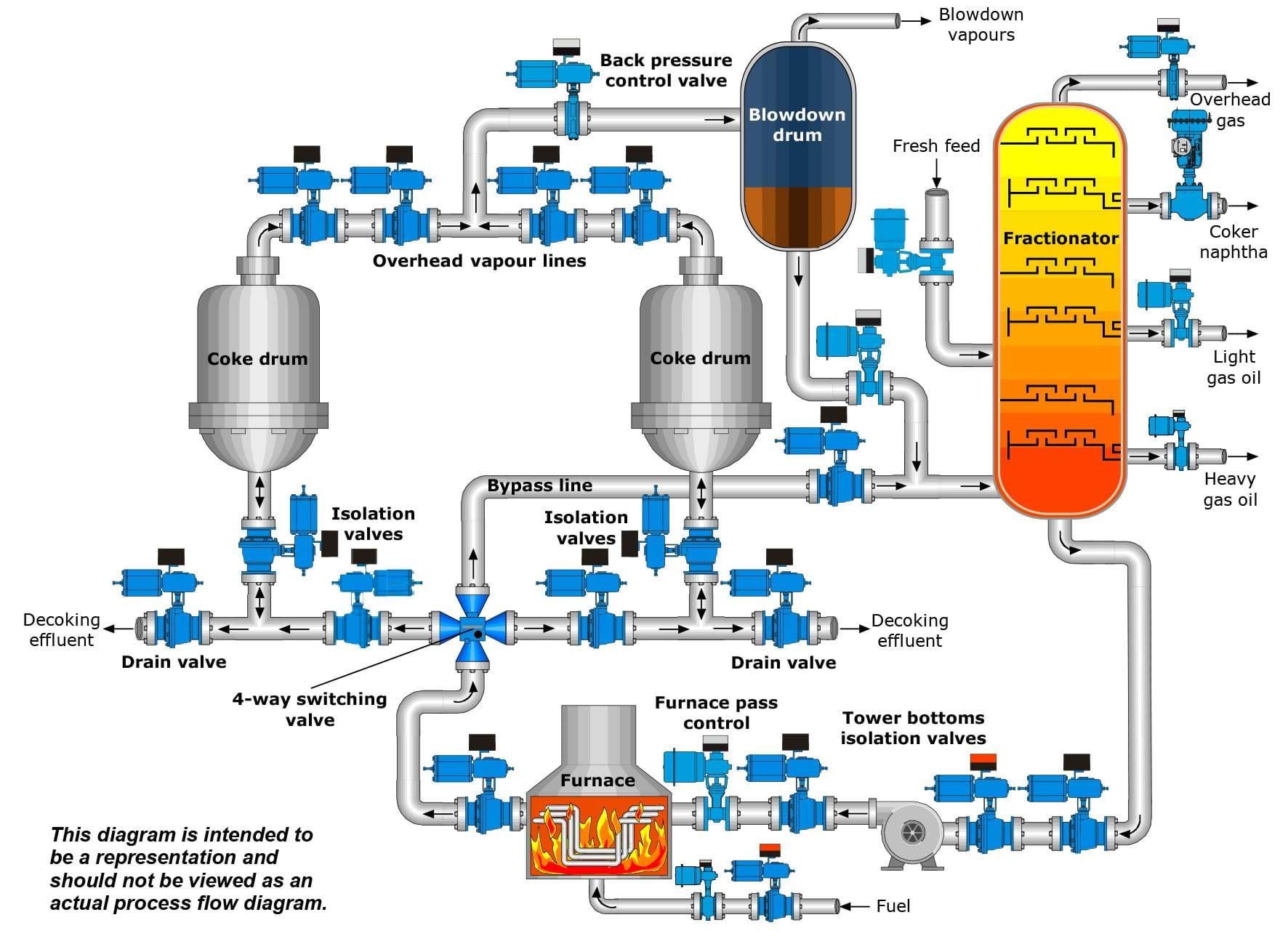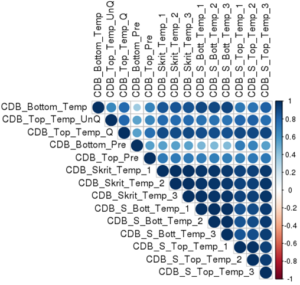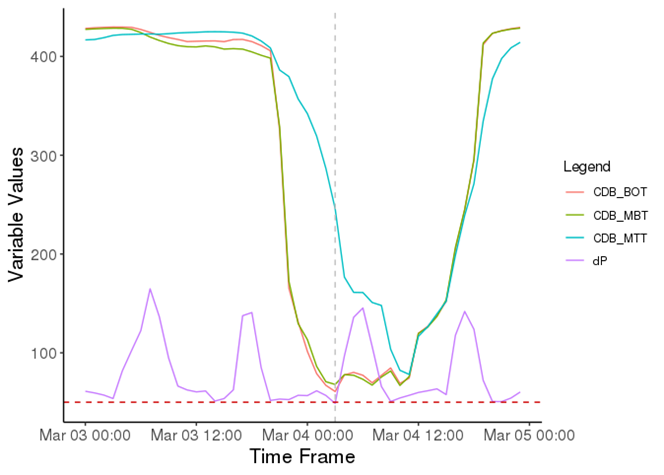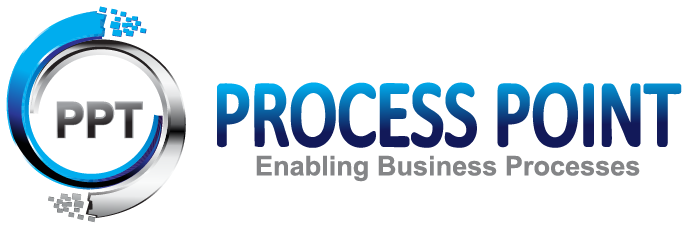Minimizing Steam Eruptions during coke cutting in Delayed Coker Unit to improve personal safety.
About Customer
- Customer is a 15 million TPY Refinery operator in India. Refinery consisting of 36 plants including Delayed Coker unit.
- The customer had faced issues of Health Safety and Environmental due to Geysers / Steam eruptions during Coke Cutting step in their Delayed Coker Unit operations.
- Geysers/eruptions: Under abnormal or anomalous operating conditions during steaming or quenching steps, short-circuiting of channels in coke bed happen leading to hot spots in the coke drum.
- When the drums are taken out for coke cutting (i.e the process to cut coke using water jets), water comes in contact with isolated pockets of hot coke, resulting in a geyser of steam, hot water, coke particles spread across 2~3 miles of plant radius.

Objective / Challenges
- Customer technical services team tried to solve the problem using domain expertise and descriptive data analytics.
- They were not able to correlate factors that induce steam eruptions and unable to visualize key indicators.
- This is due to the following reasons
- A lot of explanatory parameters (Over 80+ operating parameters)
- The volume of data was very high to analyze
- Building correlations between parameters was not possible as they were highly interdependent.
- Due to the above challenges, a customer had engaged us to use advanced analytics to solve the problem.

Solution to problem
- We have used cognitive analytics and data sciences to correlate a large amount of plant data across several operating parameters consisted of 60 measured variables.
- Multivariate analysis was used to contextualize a large volume of data sets.
- Predictive Algorithms were developed using various classification, clustering, and regression algorithms to predict eruptions accuracy.
- Developed a predictive model and converged it with the observed eruptions based on historical data provided by the client.
- The model has predictive power with an accuracy of 95%.

Benefits realized
- Cognitive analytics and data sciences helped to correlate a large amount of plant data across several operating parameters.
- Based on predicted potential steam eruption scenarios:
- Operations could undertake corrective actions and
- The Adoptive Intelligence model is being deployed in the plant facility for real-time alerts to warn ahead of time for any potential safety issues.

